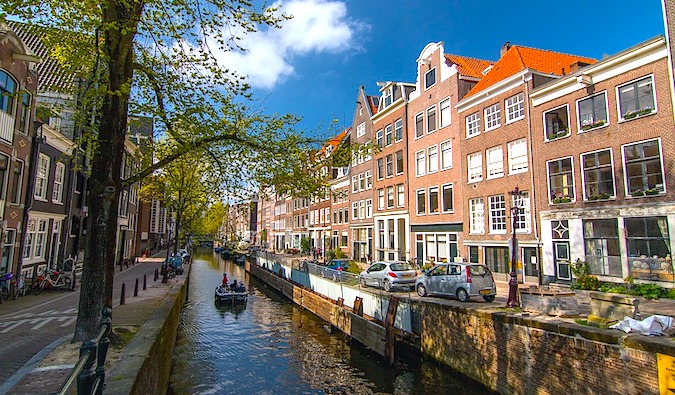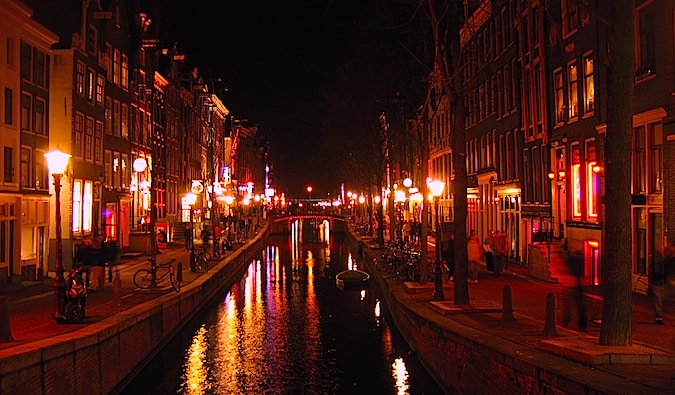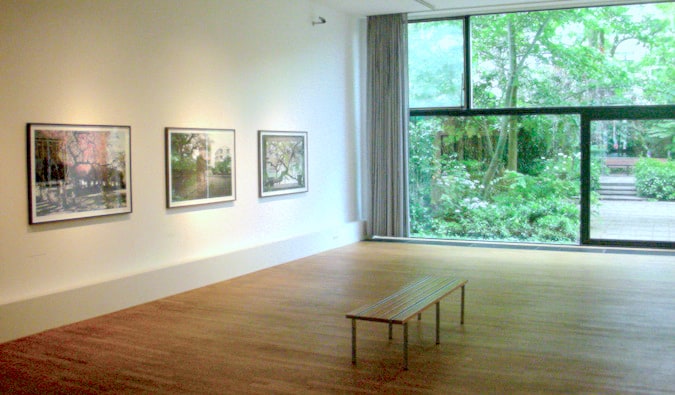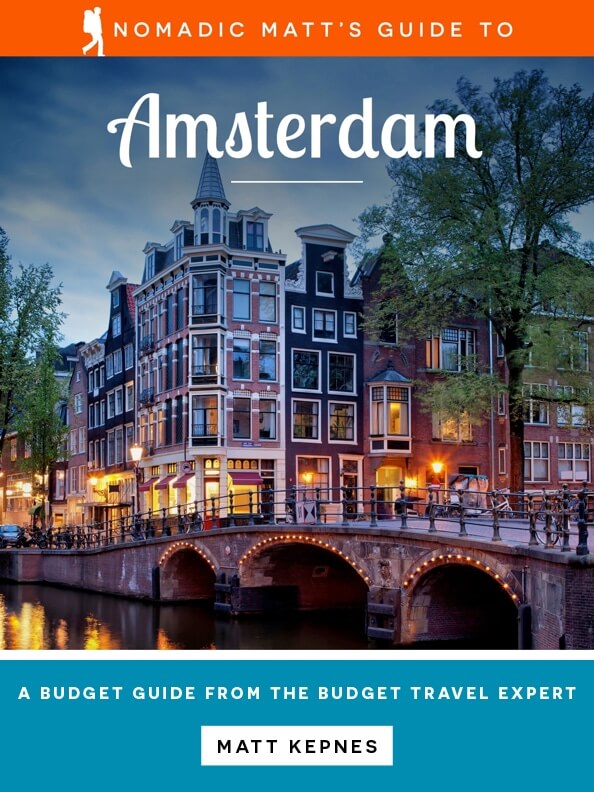Americans have a dimming view of online advertising.
That’s the gist of a new report from Sprout Social, a social media monitoring and management provider, in which over 1,000 Americans were surveyed for their opinions about advertisements. The report found that when perusing social media platforms such as Facebook and Twitter, users ignored a lot of brands’ offerings.
Whether or not the downturn can be pinned on increased fears over how user data is being handled, the results are clear. Twenty-seven percent of consumers say their opinion of social media has worsened, with 58 percent saying their dismay stems from the proliferation of ads.

The study’s findings highlight a growing problem for communicators: How can brand messages break through the noise and reach a overstimulated general public?
The study suggests these tactics to stop users from scrolling past brand messaging:
1. Entertain your audience.
Though your first instinct might be to use your precious ad budget to talk about your brand and highlight corporate objectives, your audience might not give a fig about your business objectives. Instead, create infotainment or content that creates interest, and always look to tell a story.
[RELATED: Join us at Amazon HQ for the Social Media & Digital Communications Conference.]
The study found that entertainment was the “best way to stop the scroll,” with 41 percent reporting that fun content would engage them on social media. Thirty-seven percent allowed that a discount would grab their attention, and 33 percent wanted content that would “teach them something.”

One insignificant factor for online users: brands that are recommended by a friend. Only 10 percent said content that came from a brand that a friend likes would sway them. This means marketers shouldn’t rely on viral hits—the chance of engaging viewers through their social media network is slim.
2. Educate your audience.
Informative content delivers.
Sprout Social wrote:
While building awareness is important, ensuring potential customers understand what your brand offers is just as crucial. The latter requires that consumers make personal connections with your brand—they might appreciate your differentiators, share the values you’re communicating or learn a new skill that your offering enables. This type of advertising makes people feel good about your products and confident in choosing your brand over others.
The researchers backed up this finding by reporting what kinds of actions users would take when interested in a social media ad. By far (65 percent), the most popular answer was to click through to learn more.

These data points also suggest that brand managers should care deeply about clicks over other metrics. If a customer is on the hook, they probably are looking for more information. Make sure your landing page is clean and informative when they get there.
3. Offer a discount.
Though not as highly ranked as entertaining and educational content, price breaks can be powerful motivators for social media promotions.
The study found that 37 percent of consumers were more likely to engage with social media ads that offer a discount. However, that number changes when you factor in generational differences.
Baby Boomers were more likely to be swayed by discounts, whereas millennial consumers were less responsive to brash discount offers.

The study authors wrote:
While the decision to offer a discount may require buy-in from others in your organization, the ability to communicate value is always on the table. Given Baby Boomers’ preference for discounts and educational content, there’s an opportunity to combine the two into stories and messaging that highlights your value proposition and connects with this generation, even if there’s no immediate sale.
A top takeaway from the survey was the need for social media marketers to get to know their audience.
Survey authors wrote:
Getting to know your audience in depth and breadth demonstrates a commitment to seeing them as real people instead of sales targets. The consumer research process also ensures a more strategic use of your marketing budget to gain a competitive edge.
How are you changing your social media messages to reach your desired audience?
(Image via)
from PR Daily News Feed https://ift.tt/2kCAIsz


























